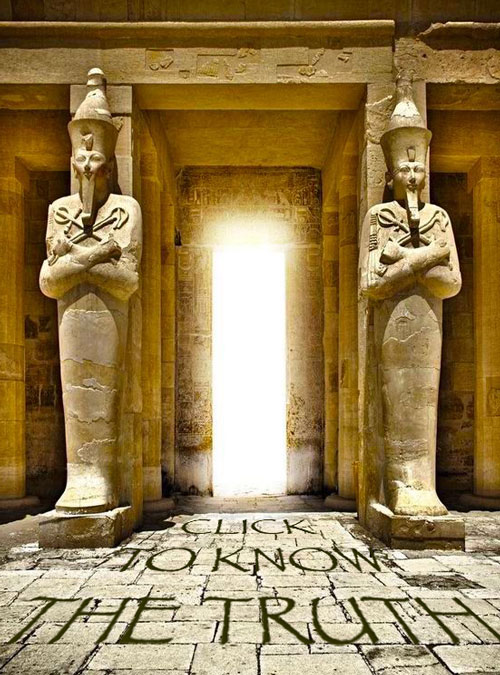The Star of the Magi
Here we return to a graph of real versus imaginary numbers:

It’s worth remembering that the stereographic projection is smooth and bijective. It is also conformal, meaning that it preserves the angles at which curves meet. However, it is neither isometric nor area-preserving—it corrupts the distances and areas of figures.
So if the “iron mountains” above reflect the “iron planets” of Mercury, Venus and Earth, it means that the stereographic projection refers to their more subtle attributes. What are these? Well, the inner planets have orbital periods that are in golden mean proportion to each other. While this is shown by the x-axis above, in tabular form it looks like this:

Recalling that the sides of the pyramids are 200, 411 and 440 Royal Cubits respectively, we can see that Mercury to Earth at aphelion is preserved at 0.45. The escape velocity of Venus relative to Earth is preserved at 0.93. Finally, the mass of Venus compared with Earth is preserved as 0.81 which is the ratio of the circle to the outer square.

So rather than measuring Mercury, Venus and Earth themselves, the stereographic projection really describes the RELATIONSHIP between these planets. While this is a more intangible way of viewing the solar system, it is also more powerful because it allows us to move between the macrocosmos and the microcosmos. This is the reason why the stereographic projection is so profound—it remains the universal road map that can express time, velocity and mass in terms of space.
This is where things get more subtle. While the graphic above is full of squares and golden mean rectangles, we have to remember that the inner planets are rotating around each other. This dance then, is really represented by the PENTAGRAM because this is the shape that rotating bodies make when they tango in golden mean CYCLES. In the reversed pentagram below, the ratios of a:b:d are reflected in the orbital ratios of Mercury:Venus:Earth.

So the pentagram is made up of golden mean spirals and golden triangles. (A golden triangle is an isosceles triangle in which the ratio of the duplicated side to the distinct side is φ.) This shape then, describes the dance of the planets around the Sun but more deeply the expression of life in the cosmos. The stereographic projection of iron can be used to represent the tango of the inner planets because they are made of iron, too.
This hexaferrum (ε-Fe) has a crystal structure made up of hexagrams and golden rectangles. Hexagonal crystals have a unique directionality that align with a planet’s spin axis within the core. If all the crystals point in the same direction, then their combined granularity hints not only at one big crystal, but at the role of iron as the arbiter of timespace.
The V-shaped pentagram is reversed because it refers to the “upside down” orientation of Venus. Indeed, Venus spins clockwise on her axis which is the opposite direction to most other planets. While modern day occultists may disagree, the inverted pentagram is mainly symbolic of Venus and the “retrograde motion” of this beautiful planet.

Above: Venus anchors the Ankh of the solar system
Perhaps the most important of the nomes was the 42nd, the site of the Giza pyramids. This location is where Upper and Lower Egypt became united into a single kingdom and this nome symbolises the visible form of the solar system as a whole. The 42nd nome was also the site of the eighth chakra and was sacred to Osiris.
The three pyramids were once known as The Three Tenors, a reference to the musical chord or the Tria Prima. Here we are reminded of salt (Earth), mercury (Mercury) and sulphur (Venus) and the music that these three pyramids make together. When activated by the Sun, these rose granite pyramids sing in harmony.

Above: the Three Tenors
The Hermetic phrase, “as above, so below; as within, so without” describes relationships in favour of absolutes and invites us to travel seamlessly between the microcosmos and the macrocosmos. In mathematics, these patterns are described by fractals. The Star of Bethlehem reminds us of the rhombicuboctahedron and the mathematicians, astronomers and philosophers who fashioned this symbol of LIFE.
